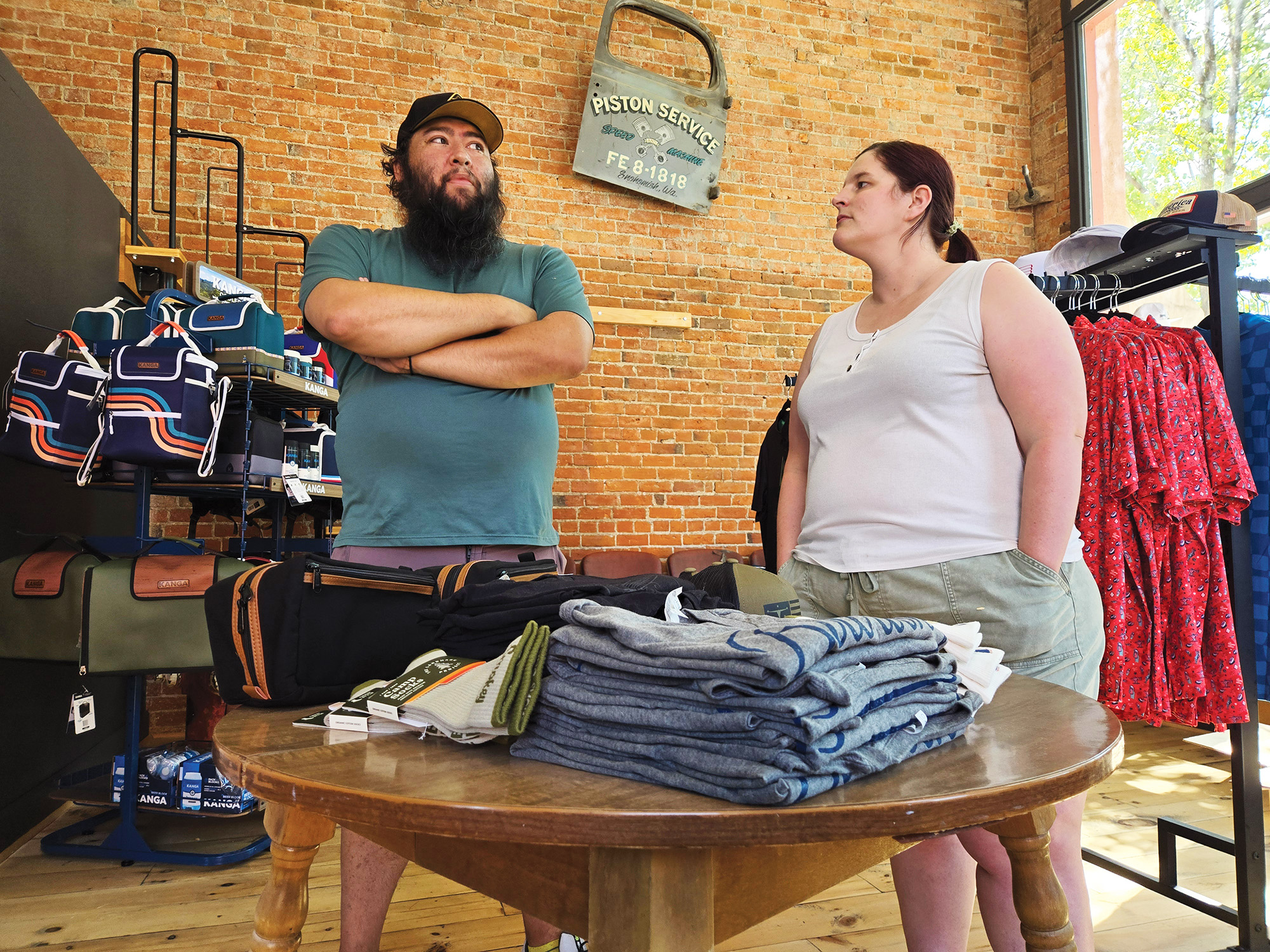COLUMN: Vaccine-hesitant? Let’s talk about Krispy Kreme
Published 2:30 pm Friday, April 30, 2021
I ought to have known that the solution to the COVID-19 vaccination challenge would involve doughnuts.
Trending
Frankly I’m embarrassed that I didn’t think of it myself.
If there exists a problem that can’t be fixed, or at least put in its proper perspective, by the consumption of deep-fried dough coated with sugar, I have not had the misfortune of being afflicted with it.
I’m referring here not to an ordinary doughnut.
Trending
This is the Krispy Kreme original glazed doughnut, the existence of which proves that God wants us to be happy, and that the deity’s beneficence extends to the pastry business.
Krispy Kreme announced recently that if you visit one of the company’s stores any time during 2021, and present a card showing you’ve been vaccinated against COVID-19, you will be rewarded with a free glazed doughnut.
And this is not a one-time deal.
You can obtain one free doughnut each day for the rest of the year so long as you don’t lose that precious vaccination card.
I can only hope that the pharmaceutical companies are prepared to boost vaccine production posthaste.
I also presume that Krispy Kreme has instituted the most sophisticated system available to detect fraudulent vaccination cards.
I appreciate the company’s generosity in service of such a worthwhile cause as inoculating people against the virus that has fouled up so much that is great about America.
But I don’t want Krispy Kreme to get into a financial pickle because it underestimated the nation’s collective appetite for the company’s signature concoction.
(I presume if any outfit would be, well, immune to this miscalculation, it would be Krispy Kreme, which makes about 2 billion doughnuts per year. But still I worry.)
It happens that a couple weeks before Krispy Kreme announced its vaccination incentive, I watched an episode of the History Channel’s excellent “Modern Marvels” documentary series exploring the technology of fast food. Krispy Kreme was one of the purveyors profiled.
It was a fascinating watch.
(Also a vaguely unsatisfying one — the show had the predictable effect on my appetite, but alas the nearest Krispy Kreme outlet is in Meridian, Idaho, rather too far to make a quick jaunt for a hot dozen before bedtime.)
I learned, among much else, that the recipe for Krispy Kreme’s dough is classified and that it’s stored in a vault (although I suspect the vault was just a prop for TV).
This puts the recipe in the same category as the formulas behind other beloved products such as Kentucky Fried Chicken, Dr Pepper and Coca-Cola. I suppose I understand the secrecy. But it strikes me as implausible to believe that even if some real-life Slugworth stole the equivalent of Wonka’s process for everlasting gobstoppers, it would give the thief a guaranteed windfall in the market.
Even if I knew how to replicate, say, Coke, I’d have to brand the soda something else. And the power of the brand name that Coke has amassed over more than a century is no trifling thing. Perhaps a competitor — WalMart, for instance — by virtue of its ability to sell the same product at a discount could turn its copycat cola into a fortune (well, a bigger fortune). But I’m skeptical.
I was surprised that Krispy Kreme protects its recipe so obsessively.
The flavors that comprise a soda, or the mixture of spices applied to fried chicken, seem to me formulas more difficult to mimic than a doughnut, which has just a few simple and bland ingredients, none of them likely to impart a unique flavor to the finished product.
But it’s not so much the recipe that distinguishes Krispy Kreme. It’s the process.
I learned from the documentary that the real breakthrough happened in 1962. That’s when the company, which had for the previous decade or so used an automatic cutter to shape doughnuts (before then they were made by hand), switched to an “extruder” — a machine that uses compressed air to, in effect, shoot a continuous stream of doughnuts onto trays.
(How this miraculous milestone has escaped the notice of whoever decides on the creation of national holidays, I can’t begin to explain.)
The extruder made possible the famous scenes you’ve probably seen, if not in person then on TV, of battalions of doughnuts bubbling in the hot fat before sliding under the waterfall curtain of glaze.
I have occasionally had a daydream in which I wonder what it would be like to be there, among the glistening doughnuts, lying on my back with my mouth open, drooling in anticipation.
I also imagine sneaking into the section of the Oreo plant where the cream filling is made, a large spoon in hand.
I worry slightly about this, whether it might be a precursor to a cranial tumor or something similarly unpleasant.
But so far I haven’t had any other symptoms.
My teeth are another matter.
Jayson Jacoby is editor of the Baker City Herald.








